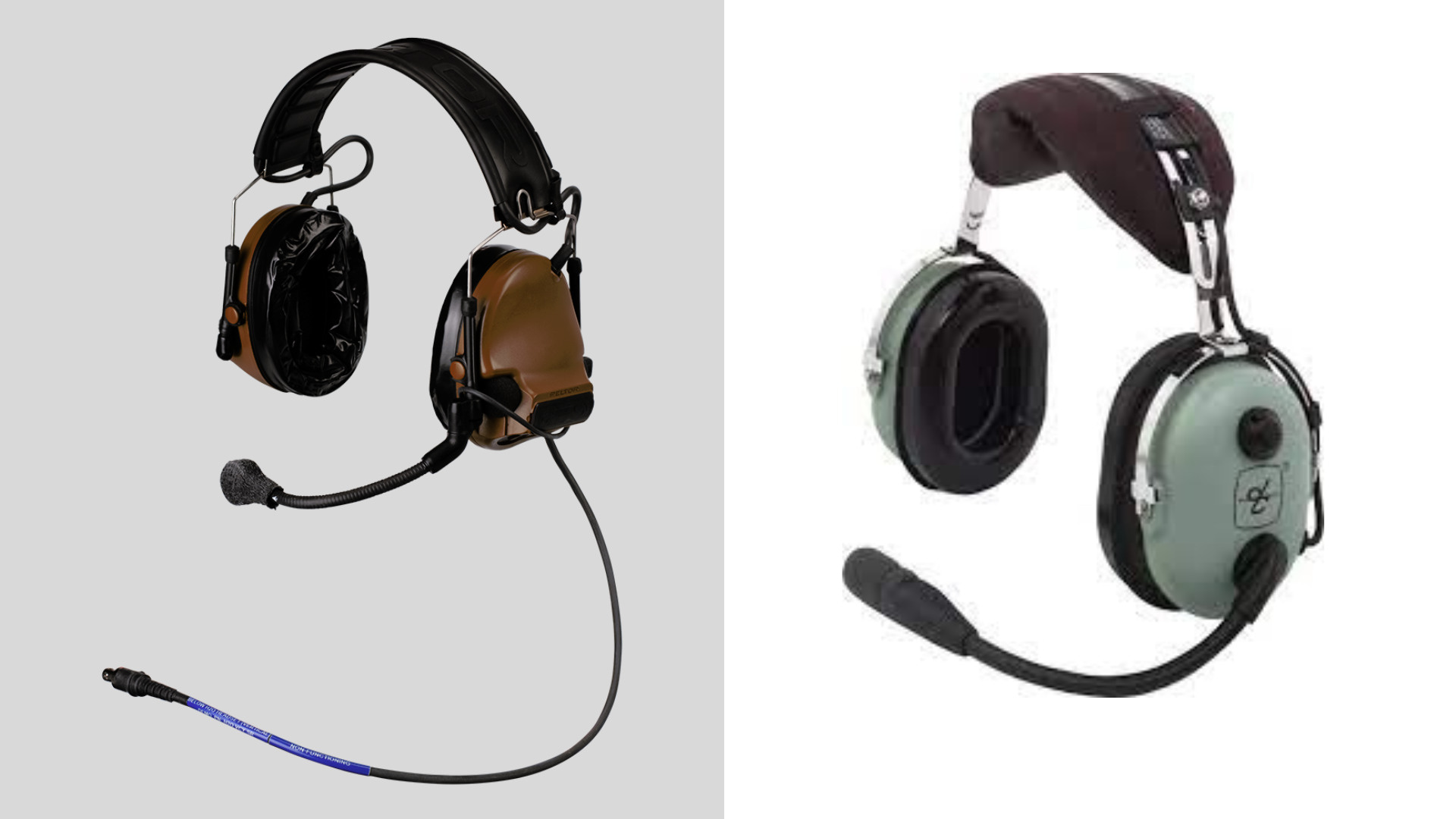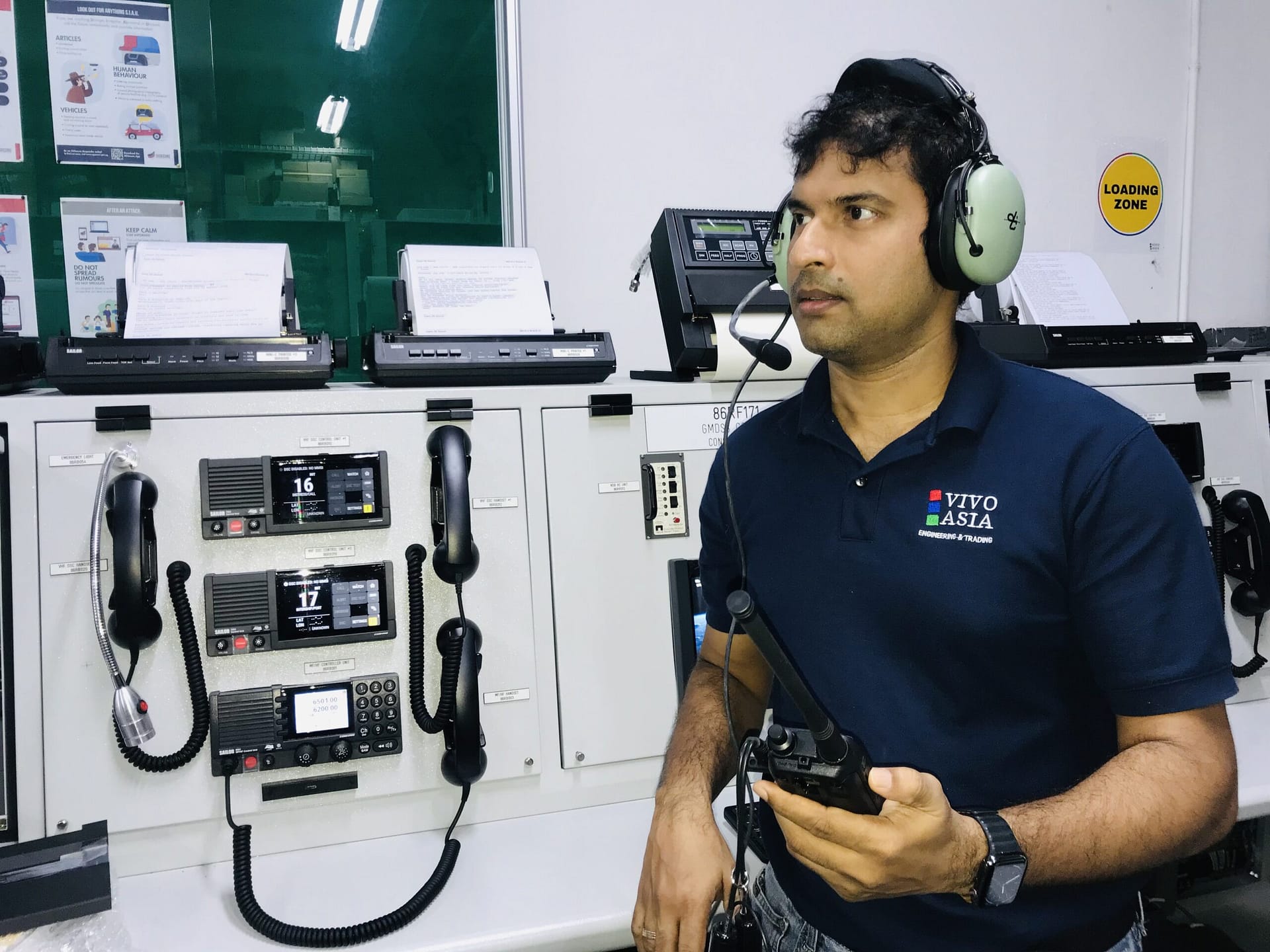Over the years, the evolution of maritime headsets and radios has significantly transformed the way communication is managed on vessels. This blog aims to explore the advancements in headsets and radios, their crucial role in maritime settings, and the technologies that have revolutionized communication in this domain.
Importance of Communication in Maritime Settings
Communication is the backbone of maritime operations, ensuring coordination among crew members, efficient navigation, emergency response, and overall safety. Headsets and radios serve as indispensable tools for enabling clear, real-time communication in the challenging and often harsh conditions faced at sea.
Evolution of Headsets
Early maritime communication relied on basic headsets that offered limited functionality and often suffered from poor audio quality. However, technological advancements have led to the development of robust, specialized headsets designed explicitly for maritime use. These modern headsets are equipped with noise-cancelling features, allowing clear communication even in noisy environments prevalent on ships.

Key Features of Modern Maritime Headsets
Noise Cancellation
Advanced noise cancellation technology filters out ambient noise, ensuring clear communication despite the loud and dynamic surroundings of maritime vessels.
Durability
Headsets are constructed to withstand harsh maritime conditions, including water-resistant or waterproof designs to ensure functionality even in wet or challenging weather conditions.
Long-range Connectivity
Some headsets use wireless technologies or have extended cable lengths, ensuring communication across different sections of the vessel.
Integration of Headsets and Radios
The integration of advanced headsets with digital radios has significantly improved the effectiveness of maritime communication systems. These integrated systems enable hands-free communication, allowing crew members to perform tasks efficiently while maintaining constant contact. .

Challenges and Future Innovations
Despite these advancements, challenges remain, including ensuring compatibility across different vessels and communication systems. Future innovations may involve the integration of AI for voice recognition and language translation, further enhancing communication capabilities and ensuring seamless interactions among a diverse crew.
Looking Ahead
The evolution of headsets and radios for maritime vessels has revolutionized communication, addressing challenges posed by the dynamic and demanding nature of sea environments.
Advanced technologies have significantly improved clarity, range, and security in maritime communication systems, contributing to the safety and efficiency of maritime operations.
As technology continues to advance, the integration of innovative features will further transform maritime communication, making it more robust, efficient, and adaptable to the ever-evolving needs of the maritime industry.
